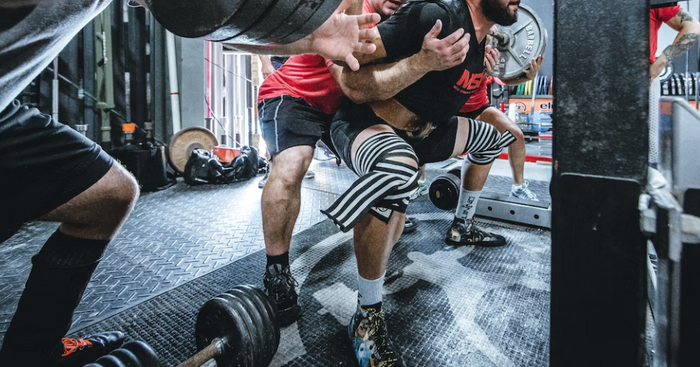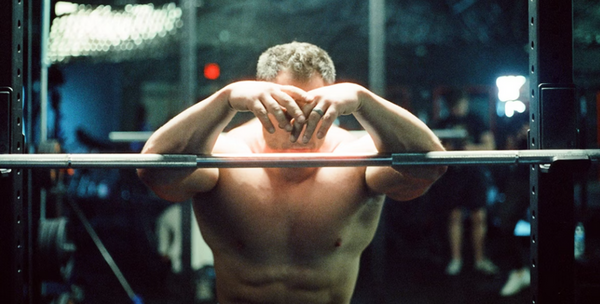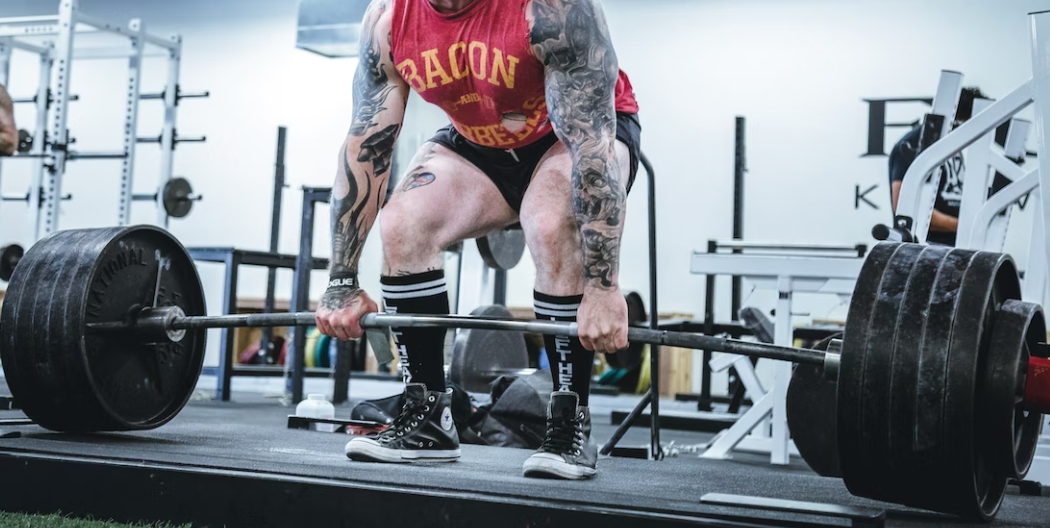
The Benefits of Using BSN Syntha-6 Whey Protein Powder for Bodybuilding
SuppLife LLC
Most people think about bodybuilding as simply lifting weights and noticing changes in strength and size within a few weeks. But to truly unlock the potential of your training program, you need to go beyond basic principles and really start to pay attention to the importance of macros. Macros—or macronutrients—are the proteins, fats, and carbohydrates that make up the bulk of most diets. They’re essential for providing the energy and nutrition that allow your muscles to reach their full potential. In this article, we’ll provide an overview of the key topics to consider when working with macros for a successful bodybuilding program. Keep reading to find out about the important role that proteins, fats, and carbs play in fueling your workouts and how to figure out your optimal macro ratio for your fitness goals. As well, learn about the potential downsides of macro-focused bodybuilding, and how to build a healthy relationship with your nutrition plan. 1. What are Macros?When it comes to bodybuilding diets, macronutrients—or macros—are the primary sources of energy and nutrition for your training program. They consist of proteins, fats, and carbohydrates, which are broken down and used by the body for energy and tissue repair. Each macro has its own physiological role in providing energy for exercise and aiding in the repair and growth of muscle tissue. Proteins are the building blocks of muscle tissue, providing amino acids that the body uses to create new muscle fibers. Fats help to store energy for prolonged physical activity and necessity for a complete diet. Carbohydrates act as an essential source of quick and sustained energy for exercise. 2. Knowing Your MacrosThe two major things to consider when figuring out your macros are your caloric needs and your exercise program. Everyone’s baseline caloric needs are unique, as they’re based on body weight, activity level, and desired physical goals. This is the number of calories required to sustain a healthy resting metabolic rate. To figure out your individual caloric needs, you’ll need to consider your body composition and activity level. Once a sufficient calorie intake is determined, you can then start to break it down into the appropriate macro ratios. There are a number of different macro ratios to explore, depending on your body type and workout program. Generally speaking, a good place to start with macros is 40-30-30, meaning 40% of your calorie intake comes from carbs, 30% from fat, and 30% from protein. This is a general rule of thumb that works for many individuals, though more advanced bodybuilders should consider their individual calorie needs and body composition further. 3. Types of MacrosProteinsProtein powers muscle growth and repair, providing the necessary amino acids to create and maintain muscle fibers. Animal sources of protein, such as lean beef, chicken, fish, eggs, and dairy, provide an excellent source of complete proteins. Additionally, plant proteins like quinoa, lentils, and nuts provide essential omega oils, vitamins, minerals, and fibers that are beneficial for overall health and bodybuilding success. FatsFats are the source of long-term energy storage and are essential for the absorptions of vitamins like A, D, E, and K. Healthy sources of fats include nuts, avocados, olive oil, fish oil, and nut butters. The right fats can also provide important satiety, so don’t be afraid to include a small portion of healthy fats into your meals. Carbohydrates Carbs provide an essential source of muscular fuel, helping the body quickly regain energy during exercise and aiding in recovery. Complex carbohydrates, like quinoa, sweet potatoes, and brown rice, are slower to digest and better for sustaining energy throughout exercise. Meanwhile, simple carbs, such as white potatoes, fruits, and oats, provide an immediate energy boost for short bursts of activity. 4. Timing Your MacrosThe timing of your macros can be just as important as the nutritional content of your macro-focused diet. The body processes different types of nutrients differently, so it's important to be mindful of when you’re ingesting certain types of macros. Generally speaking, you should be eating the bulk of your proteins and complex carbohydrates a few hours before exercise, with some simple carbs closer to the time of exercise. Fat should be spread evenly throughout the day for long-term energy storage. 5. The Benefits of Macros By understanding and optimizing your macros with an individualized bodybuilding diet, you'll see a whole host of possible benefits, including increased energy, improved muscle tone, and greater performance. A properly portioned macro diet provides the fuel needed to perform at your highest levels and allows the body to repair and grow muscle faster. 6. Potential Downsides of MacrosMacro-based diets can also have drawbacks if not managed properly. If you’re over-restricting your intake of certain macros, for instance, you may suffer from poor muscle growth. Skimping on carbs, for example, could cause a stumble in your workouts as your energy levels nosedive. With too much fat, your diet may also start to become too greasy and lack in vitamins and minerals. It’s important to maintain a healthy and balanced approach to nutrition and training in order to see the most success with a macro-based bodybuilding diet. 7. Finding the Right Macronutrient Ratio In order to maintain a healthy and effective bodybuilding diet, you'll want to find the right macro nutrient ratio for you. Generally speaking, the best macro ratio depends on your individual goals. Bodybuilders with a stricter caloric intake tend to shift the macronutrient ratio to more protein and fat, while individuals who focus more on lifting heavy weight tend to need more carbohydrates. Experimentation can help you find the best combination for your goals. 8. Monitoring Your ResultsOnce you’ve figured out the most effective macronutrient ratio for you, you’ll want to track how your body is responding. If you’re not seeing expected results, it’s important to re-examine your nutritional needs and adjust your diet accordingly. Tracking your progress with fitness and nutrition apps can help you monitor your progress and adjust your plan as needed for better optimization. 9. Working With a Nutritionist If nutrition planning is something you’re struggling with, it may be beneficial to work with a licensed nutritionist who can help you build an individualized macro-focused nutrition plan. A certified nutritionist can look at all aspects of your diet and current body composition to help you achieve the best results from your bodybuilding program. 10. Building a Healthy Relationship With Food Finally, it’s also important to keep in mind that bodybuilding can become an obsession, so it’s important to build a healthy relationship with your nutrition plan. Working with macros can open up a lot of possibilities in terms of caloric restriction and intense workouts, but that’s not always the healthiest approach to bodybuilding. In fact, it’s important to make sure you’re following a balanced diet that meets your macro needs while also staying in tune with your hunger and fullness cues. Becoming overly restrictive can lead to nutritional deficiencies and food insecurities, and isn’t the best way to reach your fitness goals. Takeaway Macros are an essential part of any bodybuilding program, providing the necessary fuel and nutrition for successful muscle growth. To get the most out of your workouts and your diet, it’s important to pay attention to your individual caloric needs and macro requirements, as well as the timing of when you’re eating them. Additionally, you’ll want to be mindful of potential drawbacks to a macro-focused diet, and make sure you’re building a healthy relationship with food. With the right balance of proteins, fats, and carbohydrates, you’ll be ready to unlock the full potential of your bodybuilding program.





